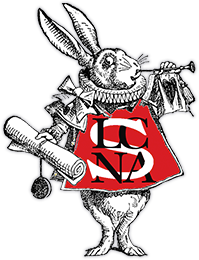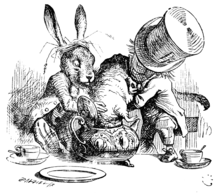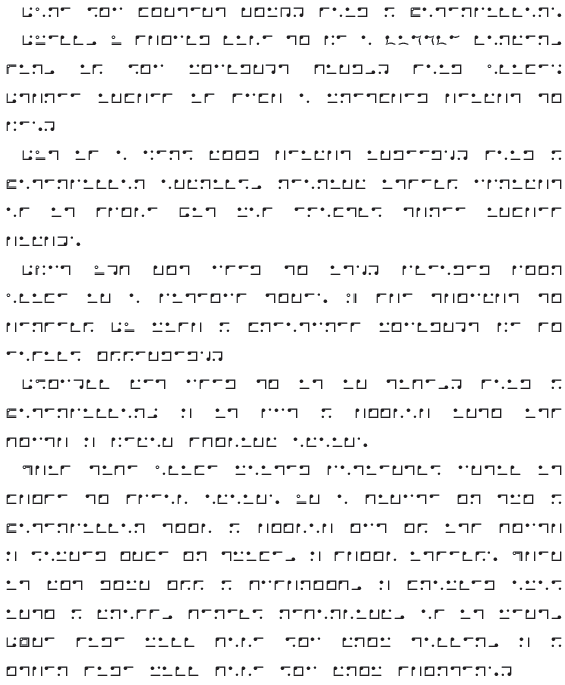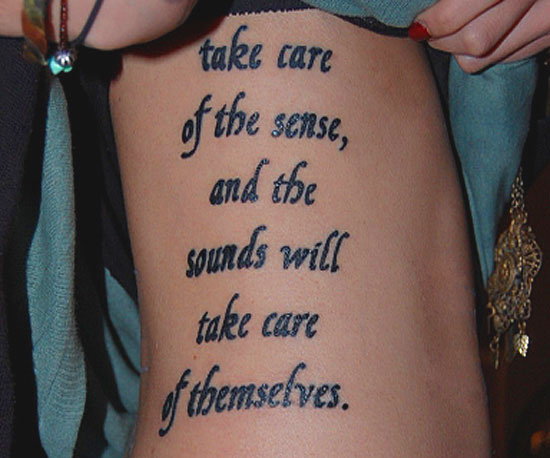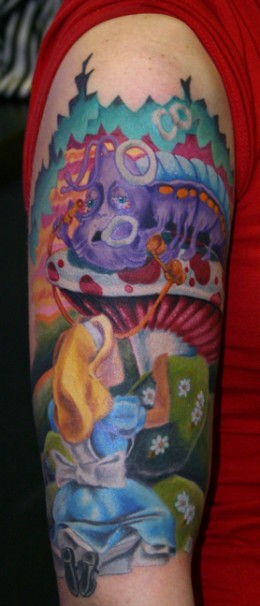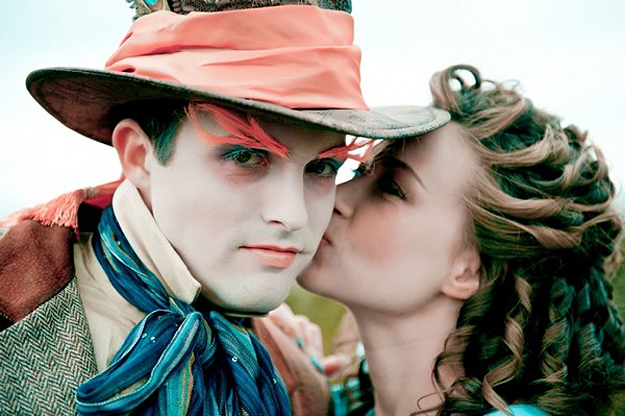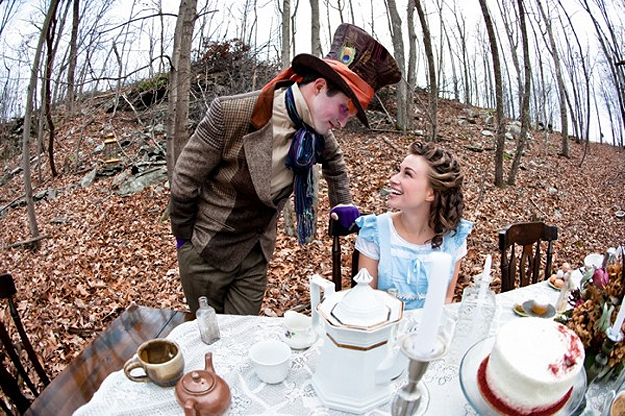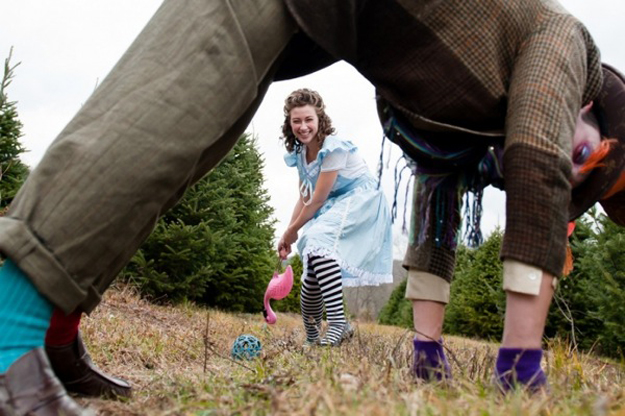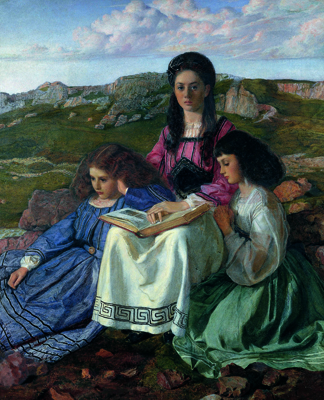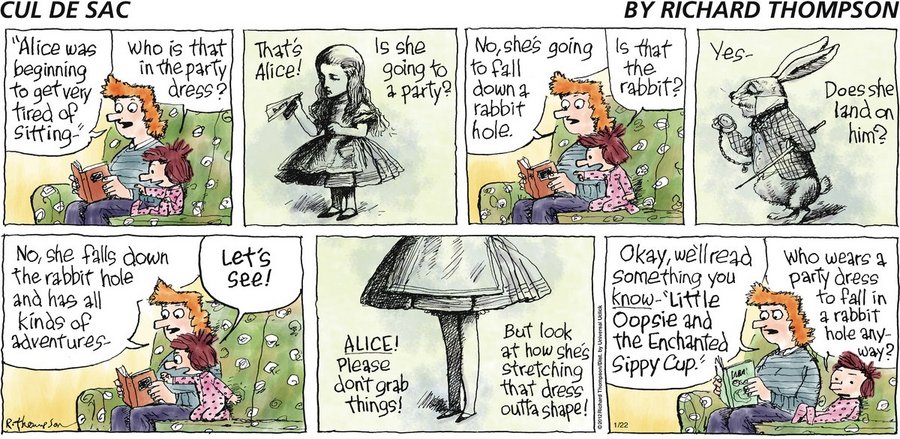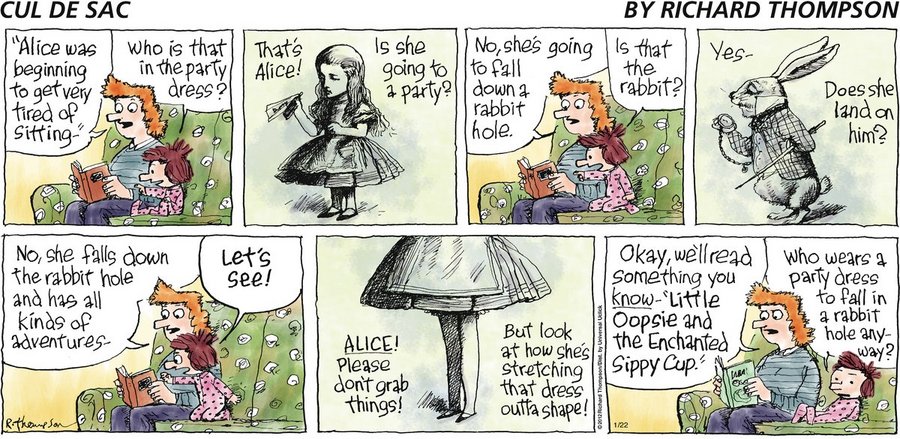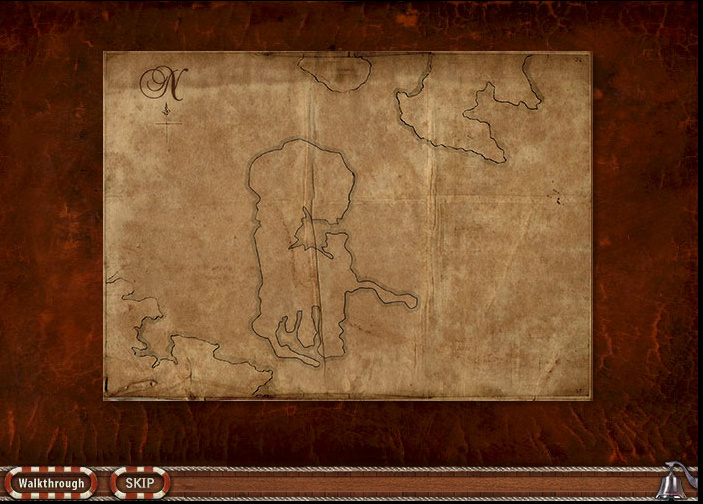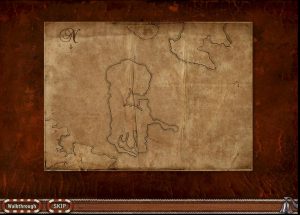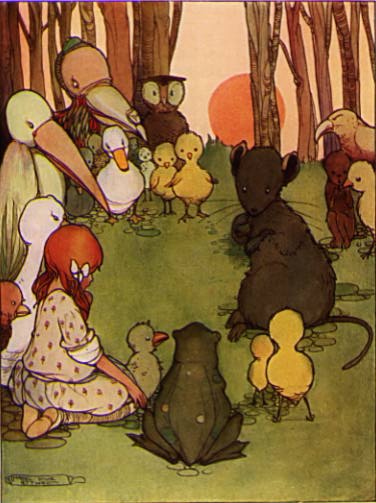
A science writer, a mathematician, and a professor of English walk into a library… no, it’s not an unpromising joke, it’s a very promising-sounding multidisciplinary event taking place in Los Angeles on February 22.
As part of Visions and Voices: the University of Southern California Arts and Humanities Initiative, three very different intellects will be discussing Wonderland and the Mathematical Imaginary. The trio consists of Australian science writer Margaret Wertheim, who you may have seen crocheting a coral reef during a TED lecture; Francis Bonahon, a professor of mathematics at the USC Dornsife College and a specialist in hyperbolic geometry and quantum topology; and Jim Kincaid, Aerol Arnold Chair in English at the USC Dornsife College and specialist in Victorian literature, culture, criminality, lunacy, and perversion.
The discussion will be held at the historic Edward L. Doheny Jr. Memorial Library and will be followed by an “experimental play/workshop” where, it is promised, “participants can make and play with absurd mathematical objects.” The event will run from 11am – 1pm and admission is free and open to the public.
The organizers are the same folks who run the Wonderland Award, an annual competition that encourages new scholarship and creative work related to Lewis Carroll. The deadline for entries this year is April 2 — we’ll be sure to remind you again closer to the time.
